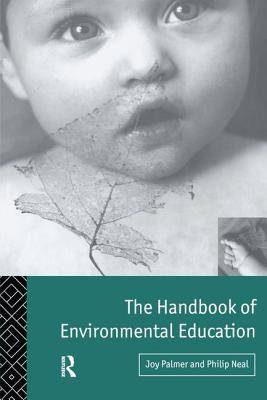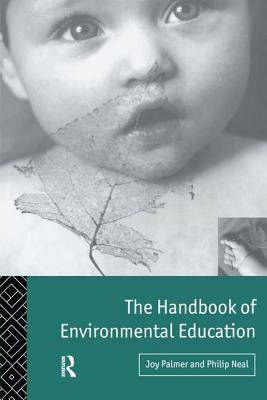
- Afhalen na 1 uur in een winkel met voorraad
- Gratis thuislevering in België vanaf € 30
- Ruim aanbod met 7 miljoen producten
- Afhalen na 1 uur in een winkel met voorraad
- Gratis thuislevering in België vanaf € 30
- Ruim aanbod met 7 miljoen producten
Zoeken
€ 328,95
+ 657 punten
Omschrijving
First Published in 2004. Young people, in particular, want to learn more about contributing to the conservation of the planet, and formal education is beginning to reflect this. The National Curriculum in England and Wales, for instance, includes environmental education as a compulsory cross-curricular theme, and in Australia and the USA there are similar moves to ensure that all students are given an opportunity to learn in this area. The authors, experienced teachers and teacher educators in primary and secondary schools, here explain what environmental education is and how it can best be implemented at school and classroom level. In this handbook, school heads and curriculum co-ordinators will find advice on establishing a whole school policy and motivating the staff who need to implement it. Class teachers will find practical ideas for planning and assessing environmental education in the whole curriculum context. Throughout the book, case studies drawn from a variety of settings allow teachers to see how environmental education can work for them.
Specificaties
Betrokkenen
- Auteur(s):
- Uitgeverij:
Inhoud
- Aantal bladzijden:
- 280
- Taal:
- Engels
Eigenschappen
- Productcode (EAN):
- 9781138145467
- Verschijningsdatum:
- 1/08/2016
- Uitvoering:
- Hardcover
- Formaat:
- Genaaid
- Afmetingen:
- 156 mm x 234 mm
- Gewicht:
- 566 g

Alleen bij Standaard Boekhandel
+ 657 punten op je klantenkaart van Standaard Boekhandel
Beoordelingen
We publiceren alleen reviews die voldoen aan de voorwaarden voor reviews. Bekijk onze voorwaarden voor reviews.











